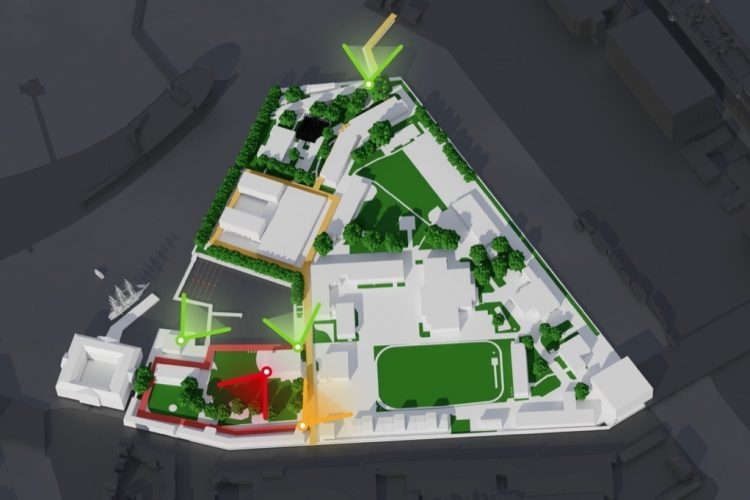If you cannot measure it, you cannot improve it. With this adagium in mind, CITIXL, TAPP, and Amsterdam CTO collaborated to deploy smart cameras and visitor screens, to better manage the growing crowds at Marineterrein Amsterdam. The smart cameras count visitors which are anonymized and visualized on on-site screens, providing visitors with live information on the crowdedness per area and the current water quality.
When is a crowded public space too crowded? Is there a turning point at which visitors will no longer feel safe and are unable to move around freely? How do visitors anticipate their next visit when informed about the crowdedness in a public space?
The open-source crowd monitor will be tested for two months, and aims to identify the crowdedness and liveability of Marineterrein Amsterdam during the summer.





